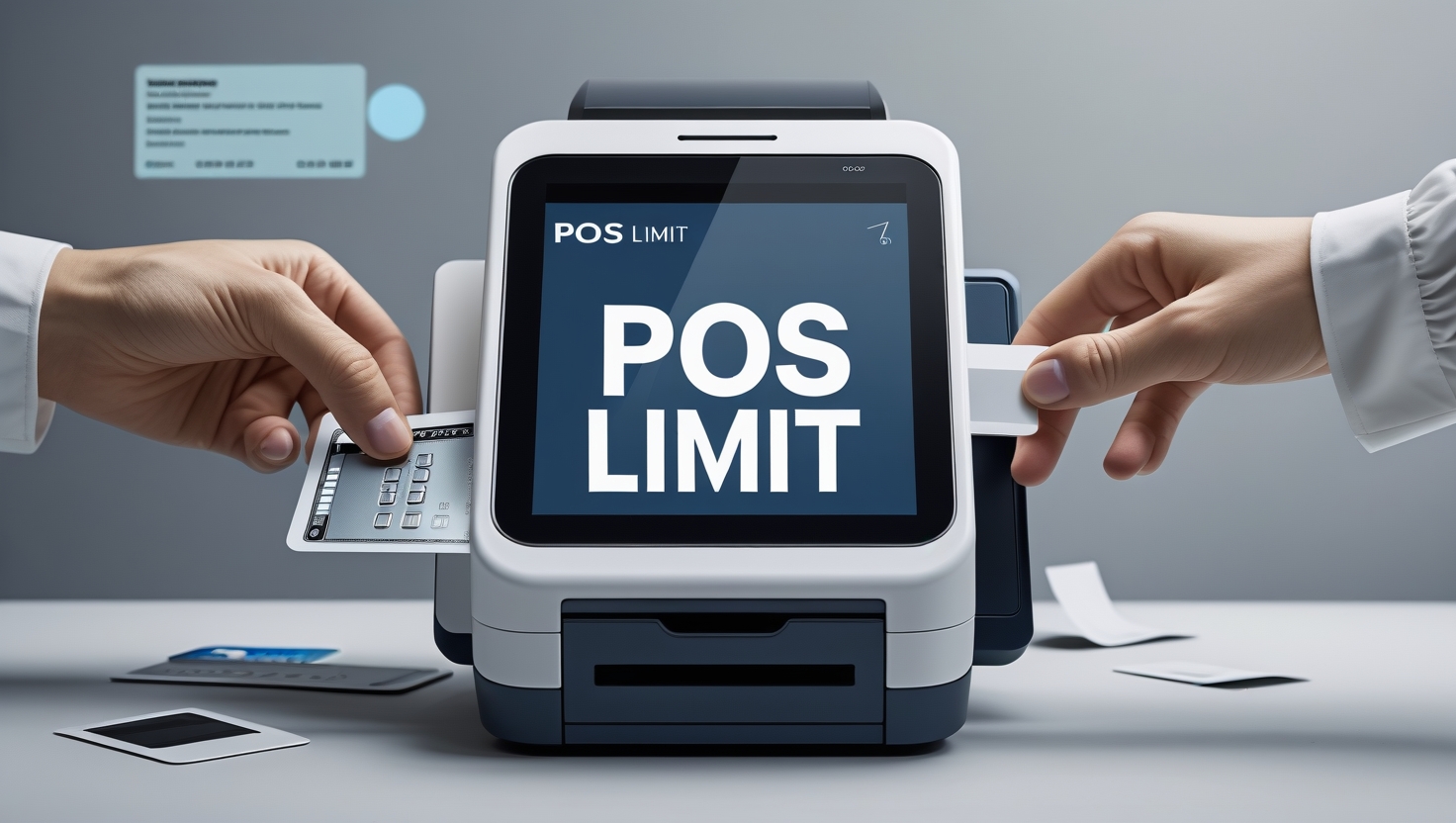
If you run a small business, knowing how money moves through your company is important. One key part of this is Point of Sale (POS) limits. These limits affect card payments and can help with security and budgeting.
But what exactly is a point of sale limit, and why does it matter for your business? Let’s break it down in simple terms.
What is a Point of Sale Limit? #
A Point of sale limit is the maximum amount of money a customer can use with a debit or credit card at a store. Banks set these limits to control transactions and make payments safer. Limits can apply to a single purchase or over a full day or month.
For business owners, understanding these limits is important. It helps ensure smooth transactions, prevents fraud, and keeps finances in check.
Why Are POS Limits Important for Small Businesses? #
Point of sale limits aren’t just for banks and customers. They also play a significant role in how a small business operates. Here’s why:
1. Transaction Security
- Limits help prevent fraud and unauthorized payments.
- If someone steals a card, they won’t be able to make huge purchases.
2. Better Budgeting
- Helps business owners control spending on supplies and inventory.
- Prevents accidental overspending in a single transaction.
3. Improved Customer Experience
- Customers know what to expect when they pay.
- Reduces the chances of declined transactions at checkout.
4. Fraud Protection
Makes it harder for cybercriminals to make large, unauthorized purchases.
Simply put, POS limits help balance security, cash flow, and customer service.
Key Features of POS Limits #
- Maximum Transaction Amount: Each transaction has a cap. A customer cannot spend more than this set amount at once.
- Daily and Monthly Limits: Banks also set daily and monthly limits. This prevents too much spending over time and adds extra security.
- Different Limits for Each Bank: Not all banks have the same Point Of Sale limits. A card from Bank A may have a higher limit than one from Bank B.
- Merchant-Specific Limits: Business owners can ask for specific limits based on their needs. A small shop may set a lower limit, while a high-end store may allow bigger transactions.
- Security Checks: POS limits work with PINs, OTPs (One-Time Passwords), and other security features to make transactions safer.
- Connection with Accounting Software: Many businesses use apps like Vyapar to track transactions.
How to Set Up or Change POS Limits #
1. Check Your Business Needs
- How much do customers usually spend?
- Do you sell low-cost or high-value products?
- Do you need a higher limit during festive seasons?
2. Talk to Your Bank
- Banks can adjust your POS limits—just ask.
- Some banks offer flexible plans based on your sales.
3. Choose the Right Limit
Large businesses may need high POS limits. Small businesses may prefer lower limits for security.
4. Connect with Accounting Software
Apps like Vyapar help track POS transactions. You can set alerts if transactions approach the limit.
5. Train Your Staff
Employees should know the set POS limits. Instruct them on what to do if they decline a transaction.
6. Monitor Transactions Often
Check your transaction reports weekly or even daily. Make adjustments if needed.
7. Stay Flexible
POS limits aren’t permanent. If your business grows, you can increase them. If fraud increases, reducing the limit can help.
Best Practices for Managing POS Limits #
- Update limits when needed.
- Use reports to track spending.
- Add extra security layers.
- Inform customers about limits.
- Conduct regular audits.
- Align limits with sales events.
Real-Life Examples #
Retail Store
A small retail shop sets daily POS transaction limits to prevent unauthorized high-value sales. This helped reduce fraud and ensured better cash flow management, preventing large unexpected expenses.
Restaurant
A restaurant adjusted its POS transaction limits based on peak hours. During busy times, they raised the limit to manage high sales smoothly. They lowered it during slow hours to avoid extra transactions.
How The Vyapar App Helps #
- Automatic transaction syncing: Vyapar automatically updates all transactions in real-time, ensuring accurate records without manual entry.
- Custom reports for smart choices: Create detailed sales and expense reports. Use these to analyze business performance and make informed decisions.
- Manage multiple POS terminals: Easily track and control transactions from different POS systems across multiple locations in one place.
- Extra security features: Protect business data with secure backups, user access controls, and encrypted transactions for added safety.
FAQ’s: #
1. What is the POS limit?
A POS limit is the maximum amount you can use a card at a store.
2. Is it possible to adjust my POS limit?
Yes. Contact your bank to adjust it based on your needs.
3. What is the reason for POS limits?
To prevent fraud, control spending, and ensure safe transactions.
4. What if a customer’s payment fails because of limit issues?
Suggest using another payment method or contact their bank.
5. Are there charges for exceeding POS limits?
Yes, some banks may charge extra fees or temporarily block the card.
6. How does Vyapar help with POS settings?
Vyapar tracks transactions, sets alerts, and creates reports for better POS management.
Conclusion #
Managing POS limits effectively helps businesses prevent fraud, control cash flow, optimize sales, and ensure smooth transactions. By setting the right limits, businesses can improve security and lower risks. This helps them stay financially stable while giving customers a smooth experience.
Use Vyapar App to handle billing, stock & payments all in one place.
Make bills, track stock, and handle payments in one place.
